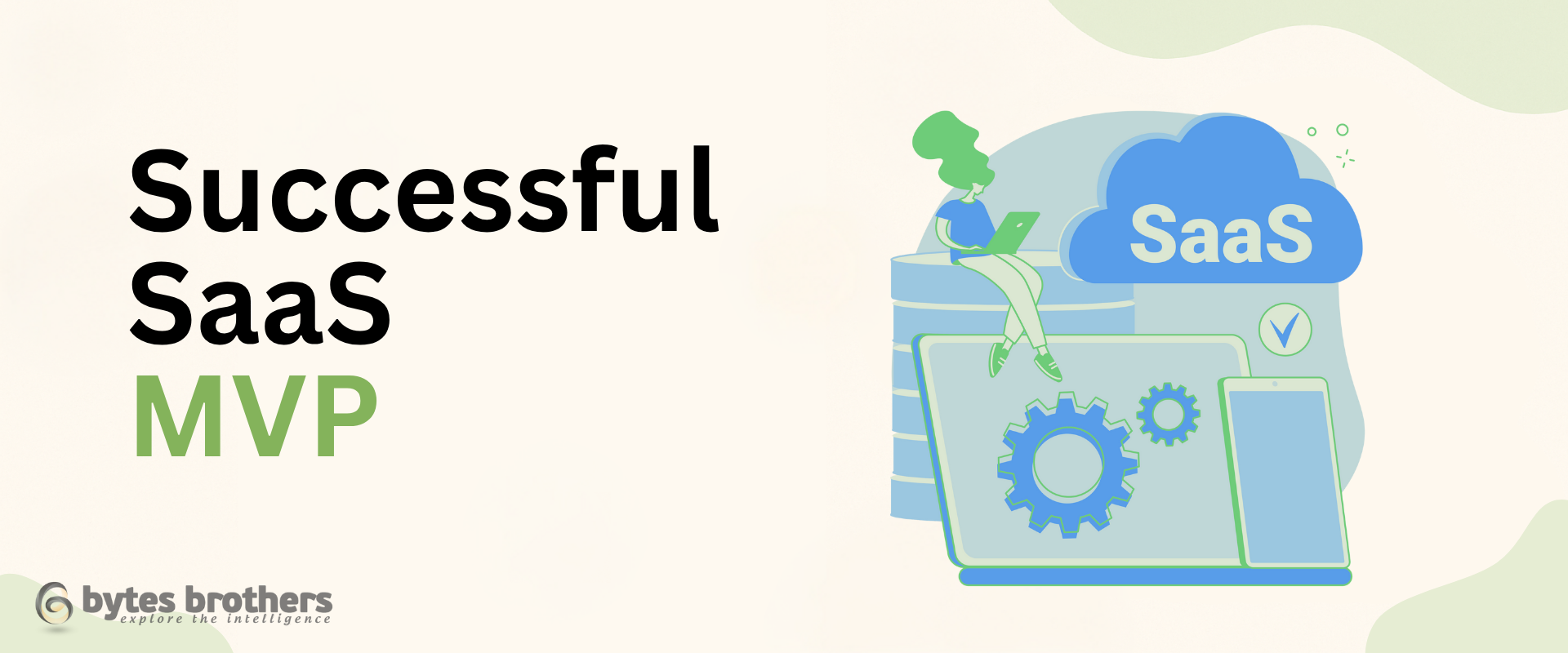What Makes a SaaS MVP Succeed?

A successful SaaS MVP is more than a prototype-it’s a focused, testable version of your product that validates demand, proves value, and sets the stage for growth.
Key Takeaways
- Successful MVPs solve one painful, specific user problem
- The best MVPs are built with fast iteration, not perfection
- User feedback loops must be integrated from day one
- Smart SaaS MVP development balances tech stack with time-to-market
- Founders should prioritize testable hypotheses over feature completeness
What Is a SaaS MVP-and Why It Matters
A SaaS MVP (Minimum Viable Product) is a stripped-down software product that delivers just enough value to attract early adopters and validate your core assumptions. The goal isn’t to launch a polished product – it’s to learn, adapt, and prove traction.
Key Criteria for a Strong SaaS MVP
- Delivers a core outcome, not a full suite
- Built fast and tested early
- Collects usage data and feedback
- Easily adaptable as insights emerge
Core Traits of Successful SaaS MVPs
1. Solves a Focused, Painful Problem
Your MVP must address one pressing need clearly and effectively. Trying to be everything to everyone at launch is a fast track to failure.
Example:
Calendly’s MVP solved just one thing-easy scheduling between two people. No teams. No workflows. Just links. That focus helped it validate quickly and grow rapidly.
Tip for Founders:
Define a user persona and map their single biggest friction point. Build around that.
2. Fast to Build, Easy to Iterate
Speed matters. The longer it takes to launch, the more assumptions you risk building into your product. Successful SaaS MVP development teams use frameworks that support agility.
Suggested Stack:
- Backend: Node.js, Laravel
- Frontend: React, Vue.js
- Infra: Firebase, Vercel, or DigitalOcean
- CI/CD: GitHub Actions, Render
Pro Tip: Choose a monolith (e.g., Laravel or Next.js full stack) over microservices for speed, unless you know you’ll scale immediately.
3. Feedback-Driven by Design
A good MVP is incomplete-but insightful. Success depends on how quickly you can learn and adapt from real users.
Step-by-Step Feedback Loop
- Launch your MVP to a small group (via Product Hunt, LinkedIn, or private beta)
- Track engagement via Hotjar, Mixpanel, or PostHog
- Prompt users for contextual feedback in-app (e.g., “Was this useful?”)
- Prioritize what’s blocking them from getting value
- Iterate based on those patterns, not random feature requests
Real-World Example:
Slack’s internal MVP was used only within their own team. Feedback cycles were tight, daily, and informed what became the product’s killer features.
4. Designed for a Specific Learning Outcome
An MVP must test something concrete-your product’s core assumption.
Wrong Approach:
“Let’s build this and see who likes it.”
Right Approach:
“If we build this feature, do early-stage SaaS founders adopt it within 3 days?”
This clarity ensures that your saas mvp development process has an actual goal-not just a finish line.
5. Technical Simplicity That Supports Business Agility
Don’t over-engineer. Avoid unnecessary integrations, third-party tools, or microservices at the MVP stage.
Recommended Practices:
- Use Stripe or Paddle for billing
- Offload auth to Auth0 or Firebase
- Use prebuilt UI kits like Tailwind UI to save time
- Leverage open-source dashboards and CRUD generators when possible
This tech-light approach supports a flexible saas mvp lifecycle-one that can pivot fast as your insights evolve.
Mistakes That Derail SaaS MVPs
- Building for scale before validation
- Adding features based on internal opinion instead of user data
- Skipping user onboarding in MVP
- Using overly complex tech stacks that slow down iterations
- No metrics or feedback built in
Fix: Reframe MVPs as learning tools-not launches. Your first job isn’t to impress-it’s to understand your market.
When and How to Scale From MVP
Once your MVP shows consistent user engagement and proven value, it’s time to scale. But scaling doesn’t just mean “add features.”
Technical Signals You’re Ready
- Usage is growing beyond initial test group
- Support tickets or feedback shows predictable patterns
- Your codebase starts to need separation of concerns
- You’ve outgrown Firebase/local storage and need relational DBs
Business Signals
-
- You’ve validated willingness to pay
- Customer retention is >50% over 90 days
- You’re asked for features only real users would want (e.g., audit logs, integrations)
When you reach this point, it’s time to evolve the MVP into a scalable web application. Learn how we can help with SaaS MVP development services.
Conclusion: SaaS MVPs Win by Learning, Not by Launching
The SaaS MVPs that succeed aren’t the ones with the most features-they’re the ones with the clearest feedback loop, fastest iterations, and tightest focus on solving one painful user problem.
Let’s Help You Launch the Right MVP
Whether you’re defining your MVP scope or refining what you’ve built, Bytes Brothers can help you launch smarter and faster. Our team specializes in scalable, feedback-driven SaaS development for founders who want proof-not polish.
We’ll help you define a lean build strategy, tech stack, and user feedback loop that positions your MVP for growth-not guesswork.